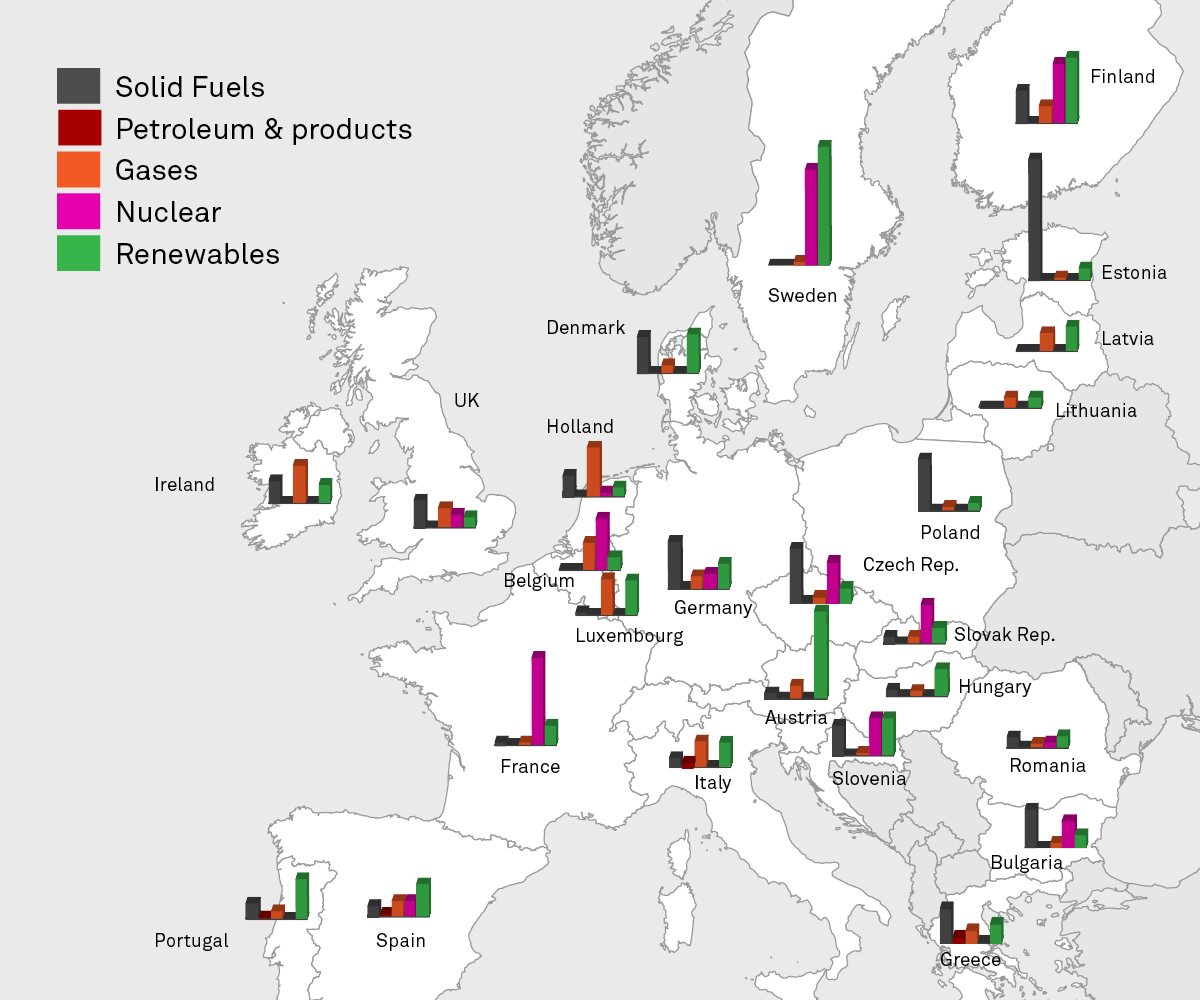Why do other European countries have cheaper electricity?
The gap between Irish and other European electricity prices is made up of higher costs here and lower costs in comparator countries.
The power needs of Ireland’s rapidly growing economy from 1996 to 2008 were met by substantial investment in new generation, transmission and the renewal of the distribution network. The servicing costs of this investment added to the cost of electricity in Ireland. The running costs of Ireland’s electricity system are higher because it relies heavily on a relatively expensive fuel (gas) and Irish wage rates are well above average in the EU. This combination of investment, fuel and wage rates tended to increase electricity costs in Ireland.
Some European countries have natural resource advantages that reduce their generation costs. Norway, Sweden and Austria have large hydropower resources because their geography is suited to the building of dams and hydroelectric plants 1. As there is no fuel involved, once the cost of the dam has been met the marginal cost of hydropower is very low.
Our natural resources of hydropower at Ardnacrusha on the Shannon together with the hydro-stations on the Erne, Lee and Liffey were harnessed and exploited fully to provide the backbone of our original electricity system. With the sustained growth of our electricity system these now only account for about 2.5% of our electricity needs 2.
